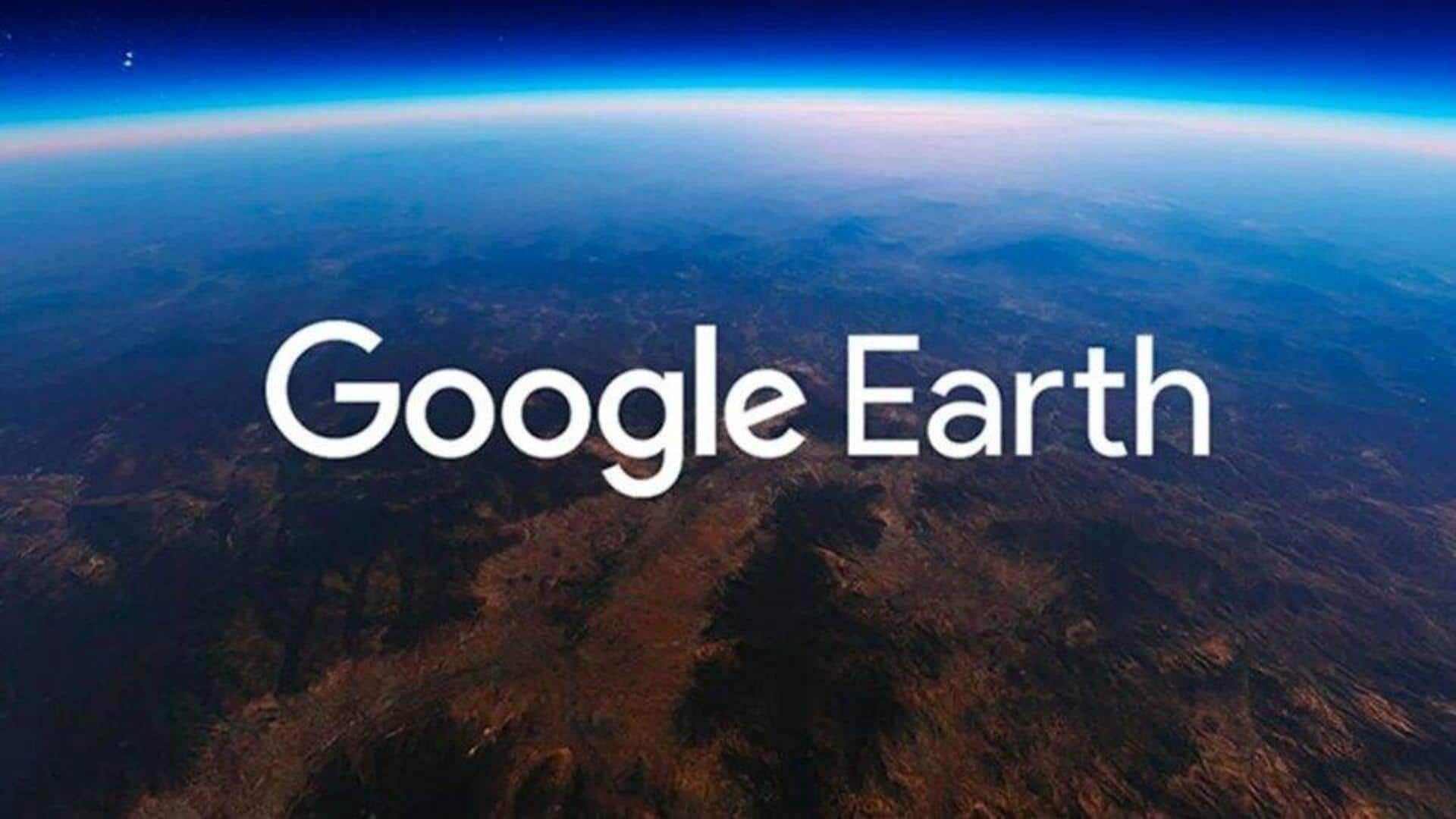
Google Earth now employs Gemini for better disaster management
What's the story
Google has upgraded its Earth AI platform with advanced geospatial artificial intelligence (AI) capabilities. The move is aimed at helping communities prepare for and respond to disasters like floods and wildfires. The tech giant claims that its tools have already helped millions make life-saving decisions. During the 2025 California wildfires, for instance, Google Maps and crisis alerts reached 15 million people across Los Angeles, guiding them toward shelters and safe routes.
Innovative tool
Geospatial reasoning feature
The latest update to Earth AI introduces a feature called Geospatial Reasoning. It uses Google's Gemini AI models to connect different data sources such as weather forecasts, population maps, and satellite imagery. This holistic approach helps organizations not only predict storm paths but also identify vulnerable communities and potentially affected infrastructure. For example, non-profits can now use this data to quickly locate areas in need of aid during floods.
Advanced capabilities
Integration with Google Earth
The new capabilities of Earth AI are being integrated into Google Earth, allowing users to analyze satellite imagery and detect patterns instantly. For instance, water companies can now monitor drying rivers and warn communities about potential dust storm risks. Similarly, authorities can keep an eye on algae blooms in drinking water supplies before they pose a threat. These tools will initially be available in the US to Google Earth Professional and Professional Advanced users.
Cloud integration
Google Cloud integration
Google is also making Earth AI models for imagery, population, and environment available on Google Cloud. This will allow businesses and organizations to integrate their own data with Google's models, opening up new possibilities for environmental monitoring and crisis response. The World Health Organization Regional Office for Africa is already using it to predict cholera outbreaks in the Democratic Republic of Congo, aiding in planning water sanitation and vaccination efforts.